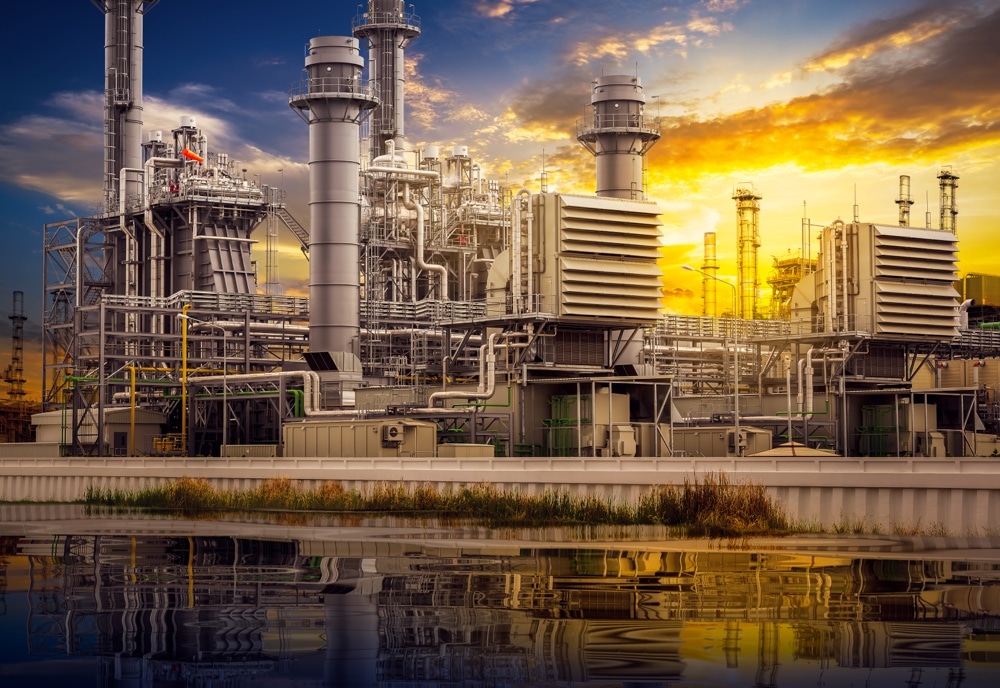In the pursuit of meeting ever-growing energy demands, power generation technologies are continuously evolving. Among these advancements, power augmentation stands out as a key strategy for enhancing the efficiency and output of existing power generation systems.
This article delves into the concept of power augmentation, exploring its methods, benefits, and implications for the future of energy production.
Understanding Power Augmentation
Power augmentation refers to the process of increasing the output or efficiency of power generation systems beyond their original design parameters. This can be achieved through various techniques, including technological enhancements, operational optimizations, and integration of supplementary systems.
By Power Augmentation, utilities and industries can meet rising energy demands, improve system reliability, and reduce environmental impacts.
Technological Innovations
Advancements in turbine design, combustion technologies, and heat recovery systems have significantly contributed to power augmentation efforts. Gas turbine power plants, for instance, can achieve higher efficiencies and outputs through advanced blade designs, improved cooling techniques, and higher turbine inlet temperatures.
Similarly, steam turbine plants benefit from innovations such as advanced steam cycles and optimized condenser designs, enabling higher thermal efficiencies and power outputs.
Operational Optimization
Beyond technological innovations, operational optimization plays a crucial role in power augmentation. Techniques such as load management, heat rate optimization, and flexible operation scheduling help utilities maximize the performance of their existing power generation assets.
Additionally, predictive maintenance and condition monitoring enable early detection of equipment degradation, minimizing downtime and enhancing overall reliability.
Integration of Supplementary Systems
Incorporating supplementary systems, such as combined heat and power (CHP) and energy storage, can further enhance power generation capabilities. CHP systems utilize waste heat from power generation processes for heating or industrial purposes, increasing overall system efficiency.
Energy storage systems, on the other hand, facilitate grid stability and flexibility by storing excess energy during periods of low demand and discharging it during peak demand periods.
Benefits of Power Augmentation
The benefits of power augmentation extend beyond increased power output and efficiency. By leveraging existing infrastructure and optimizing resource utilization, power augmentation helps utilities and industries maximize their return on investment.
Furthermore, enhanced efficiency and reliability contribute to reduced operating costs, lower emissions, and improved competitiveness in the energy market.
Flexibility in Fuel Utilization
Power augmentation strategies can also enhance the flexibility of power generation systems in terms of fuel utilization. By optimizing combustion processes and integrating fuel-flexible technologies, such as co-firing and gasification, power plants can adapt to changes in fuel availability and cost, as well as comply with emissions regulations.
This flexibility reduces reliance on a single fuel source, enhances energy security, and mitigates risks associated with fuel price volatility.
Resilience and Grid Stability
Augmented power generation systems contribute to the resilience and stability of the electric grid, particularly in the face of disruptive events such as natural disasters or cyberattacks. By increasing power output and efficiency, these systems provide additional capacity to meet sudden spikes in demand or compensate for unexpected generation losses.
Moreover, distributed generation with augmented capabilities can bolster local grid resilience by reducing transmission losses and minimizing reliance on centralized power sources.
Implications for the Future
As the global energy landscape continues to evolve, power augmentation will play an increasingly important role in meeting the challenges of growing energy demand, climate change, and resource constraints.
Continued investments in research and development, coupled with supportive policies and regulations, will drive further innovations in power augmentation technologies and practices, paving the way for a more sustainable and resilient energy future.
Conclusion
Beyond limits, power augmentation represents a transformative approach to enhancing power generation capabilities and addressing the evolving needs of the energy sector. By embracing technological innovations, operational optimizations, and integration of supplementary systems, utilities and industries can unlock new levels of efficiency, reliability, and sustainability in power generation.
As we navigate the complexities of the energy transition, power augmentation will undoubtedly emerge as a cornerstone of the future energy landscape, driving progress beyond the constraints of conventional power generation paradigms.








